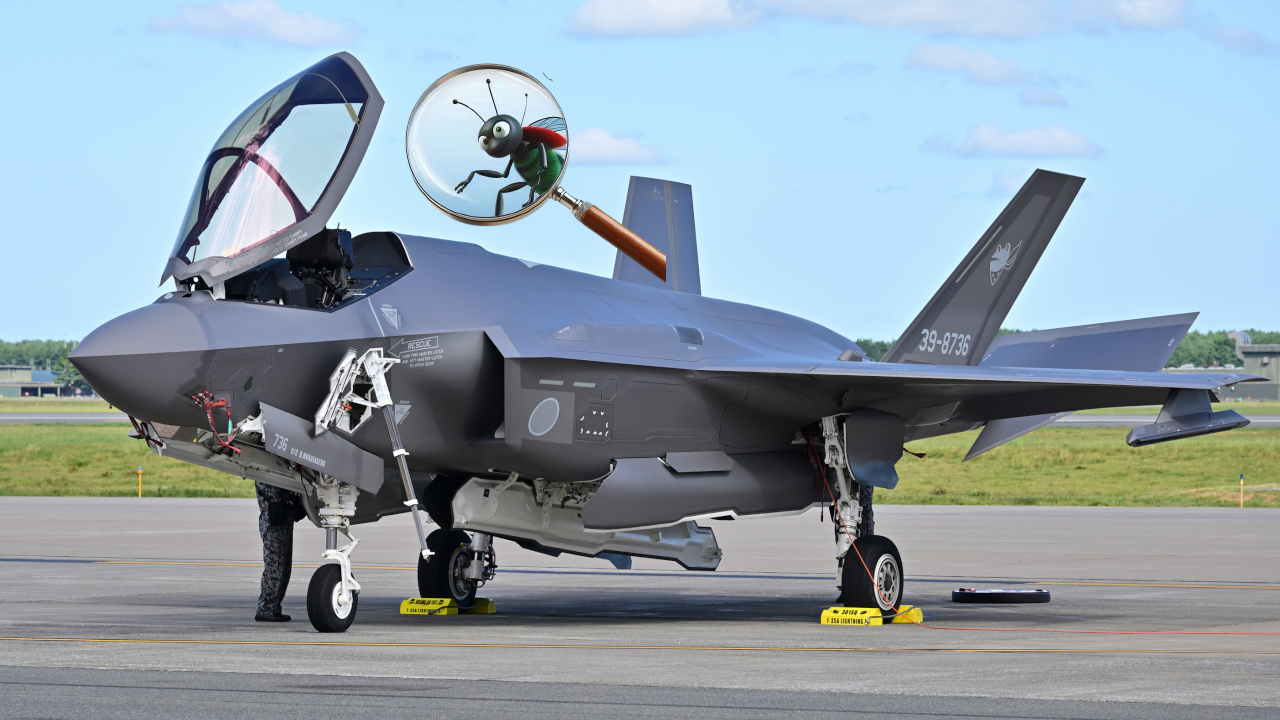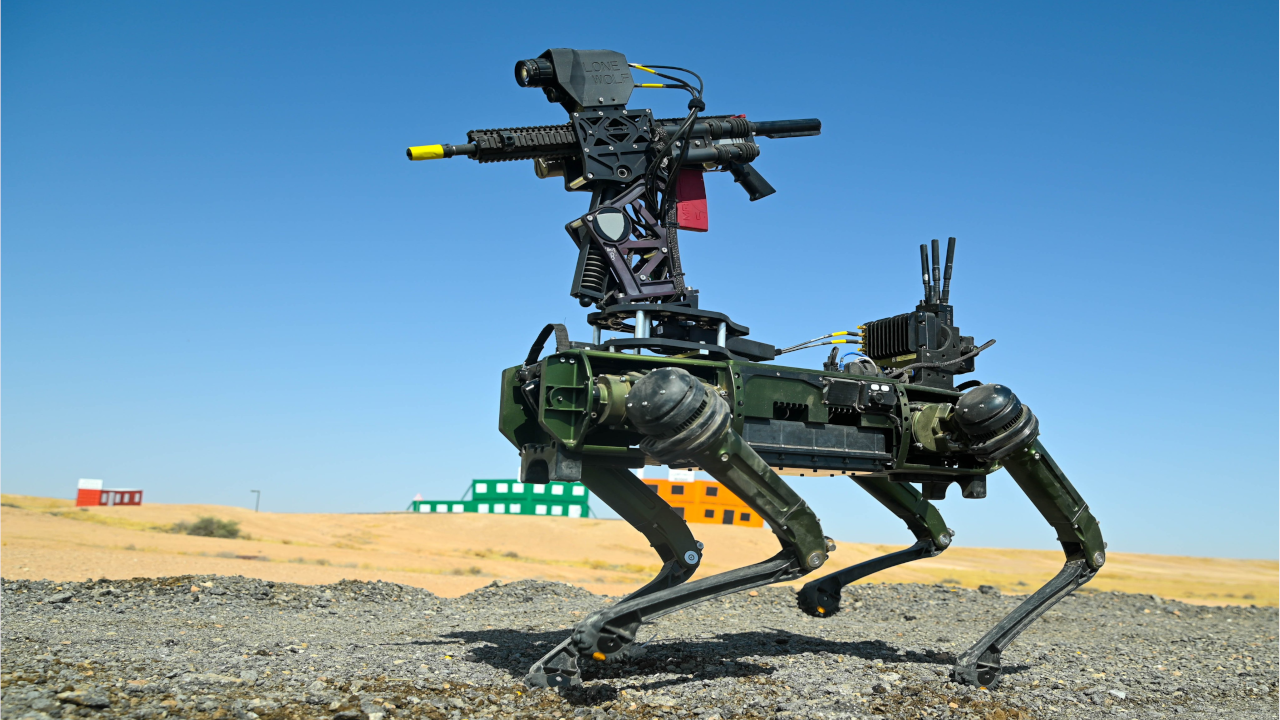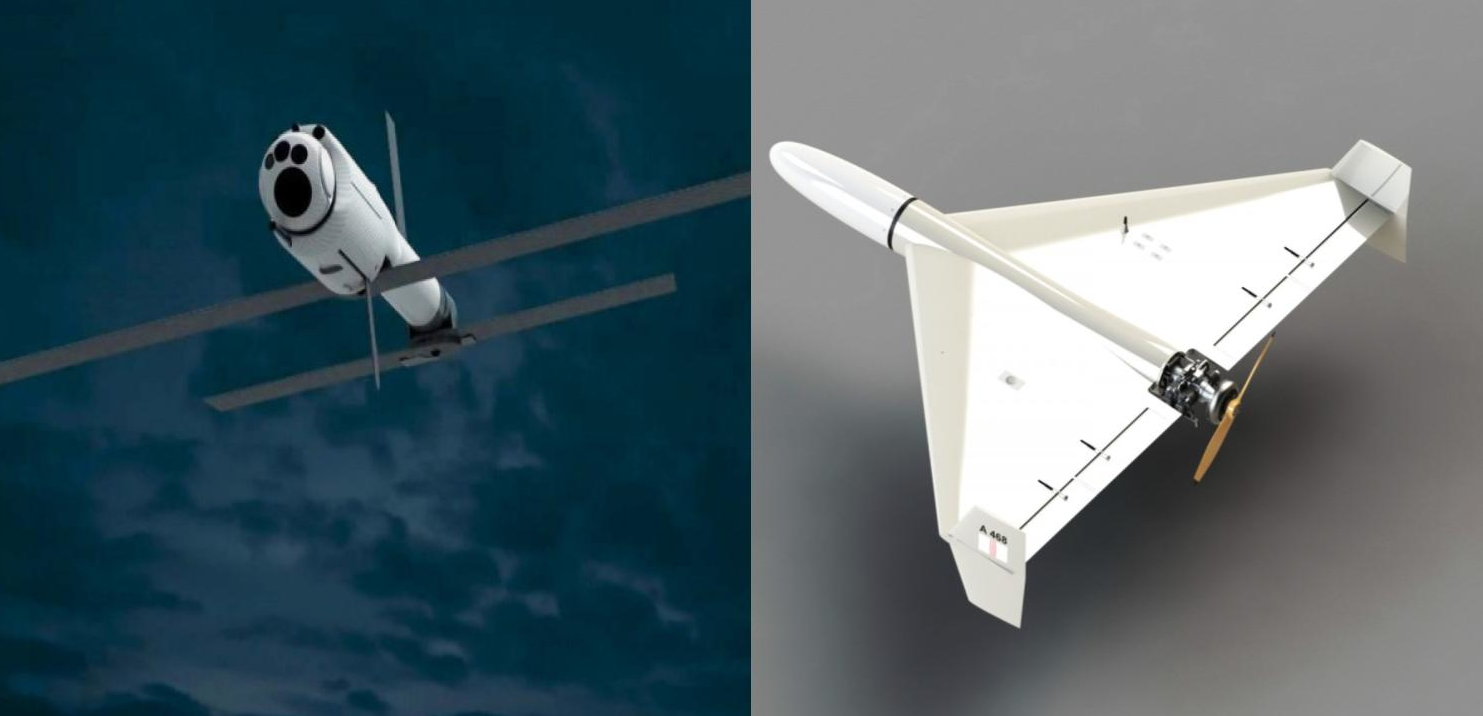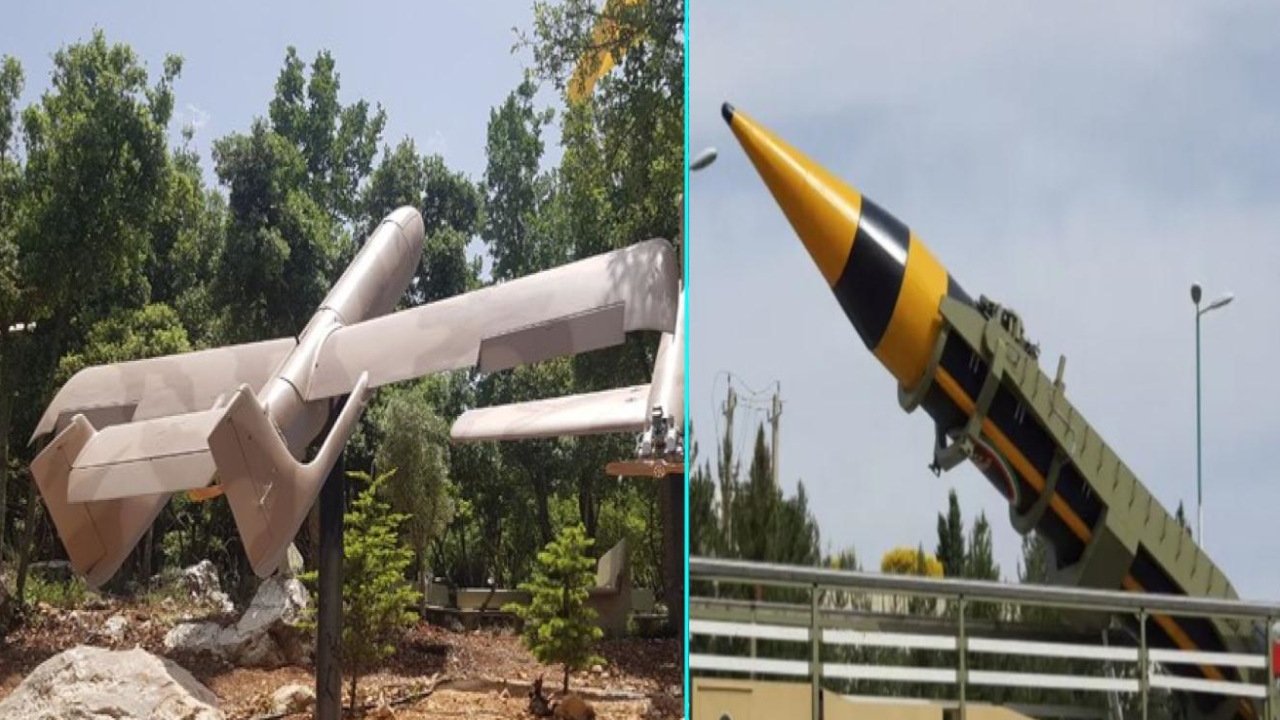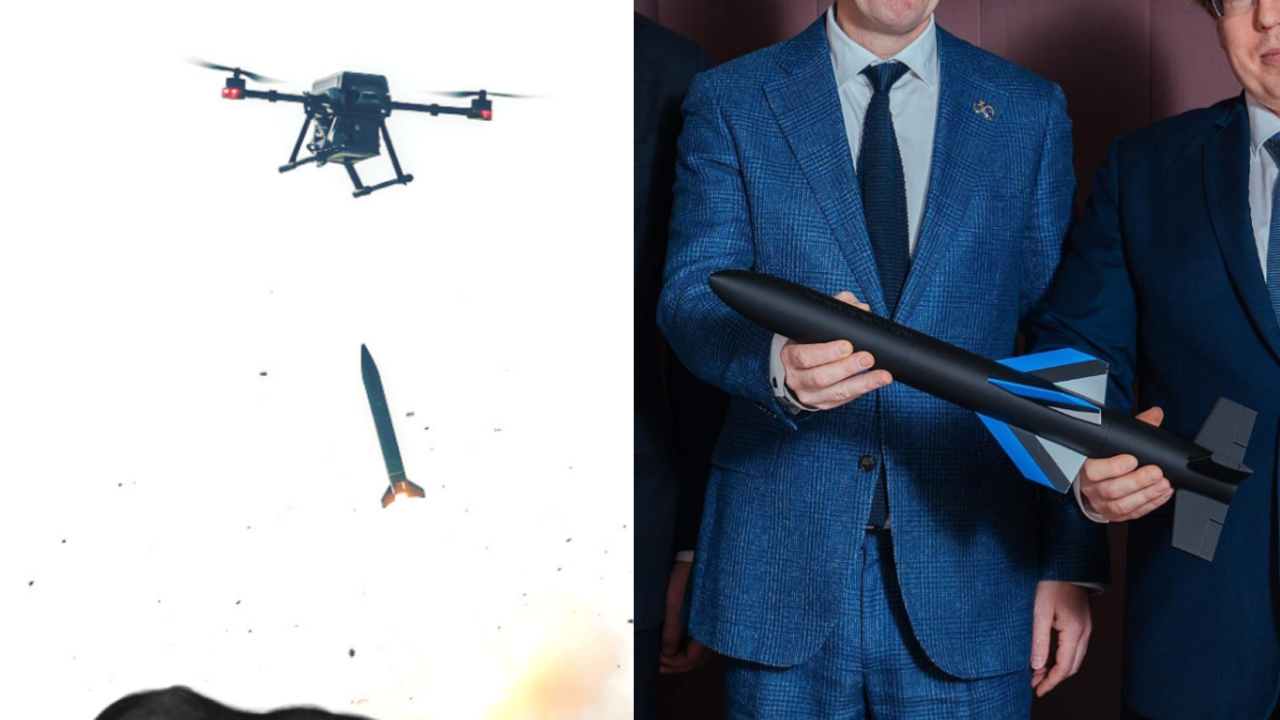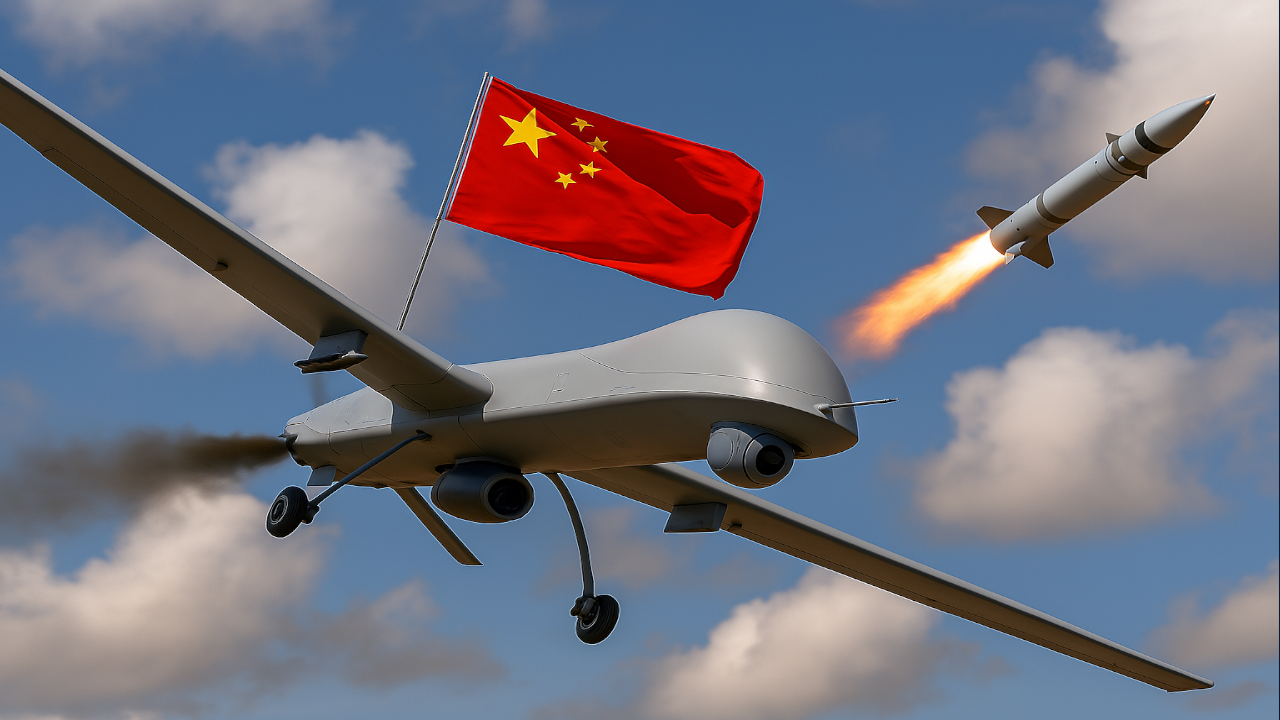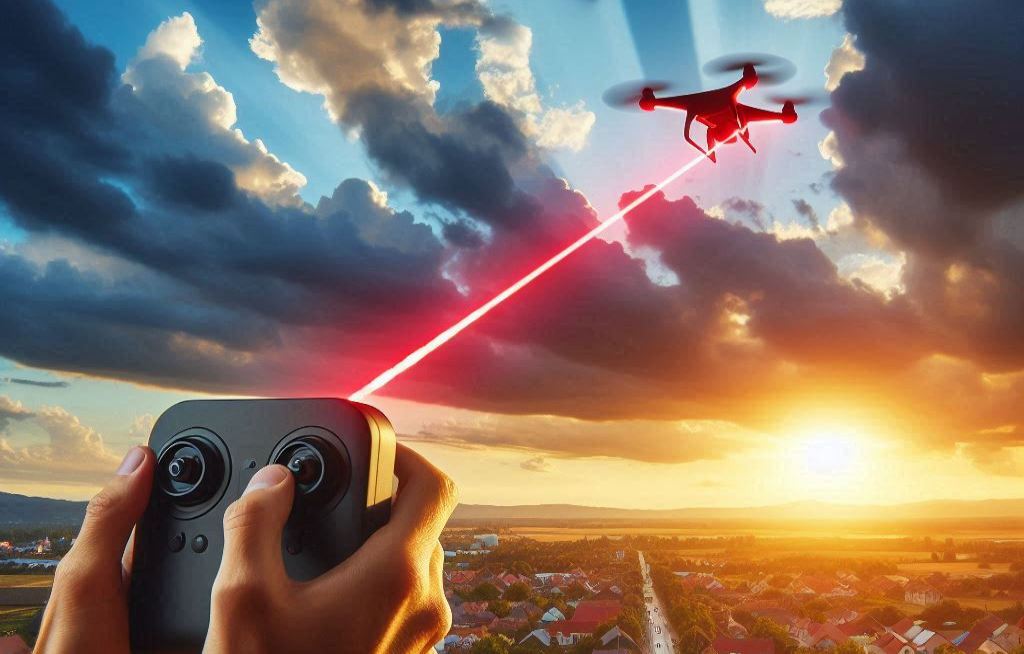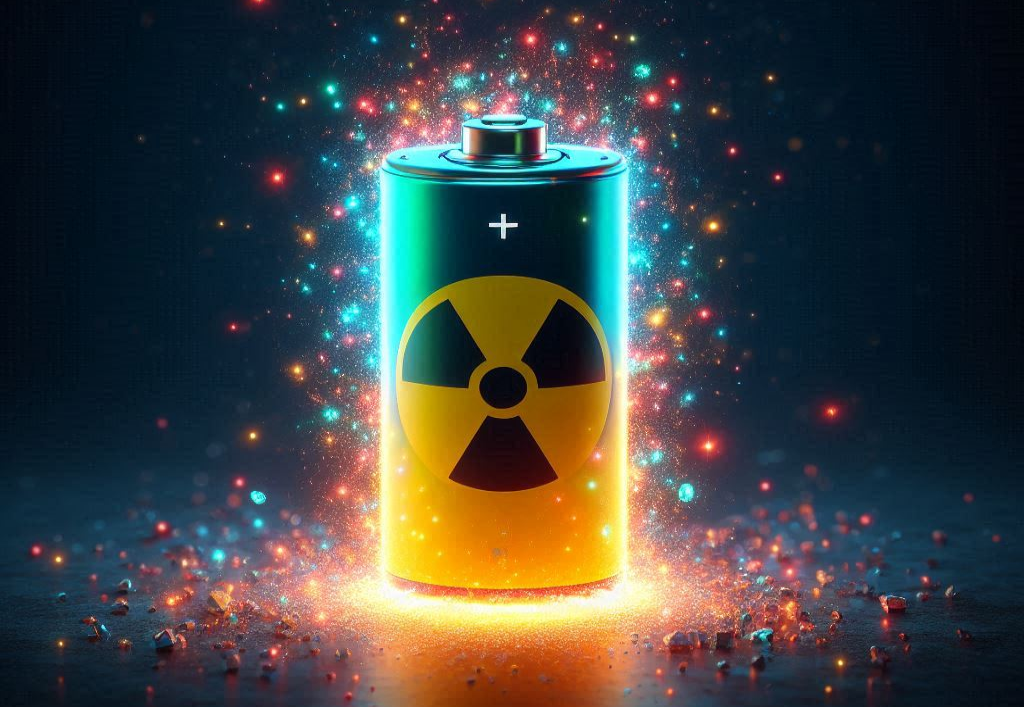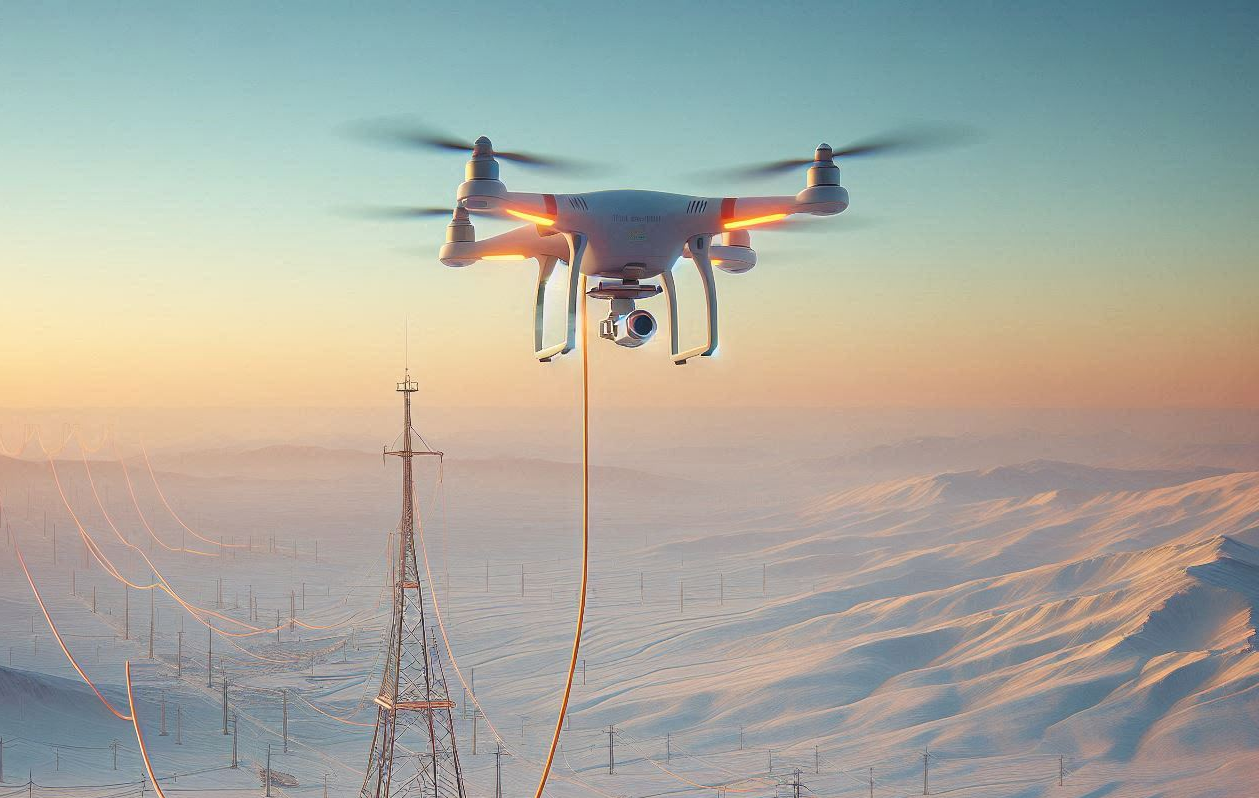The U.S. is developing its version of the Iranian Shahed-136 drone, which was officially unveiled at the Pentagon in the presence of the Secretary of Defense.
The U.S. aims to provide effective, low-cost drones that meet the demands of modern warfare. The Secretary stated that most of Ukraine's losses this year were a result of using this type of drone, emphasizing that the United States does not produce enough lethal small drones compared to its adversaries, who manufacture millions of units annually.
Shahed-136 drones have brought about a significant transformation in modern combat methods. They have proven effective in battles, especially in Ukraine, and have changed armies' perspectives on tactics based on loitering munitions and "kamikaze" drones. This experience has prompted the United States to develop its own version, named "LUCAS," an acronym for "Low-Cost Unmanned Combat Autonomous System," by Arizona-based defense company SpektreWorks.
LUCAS is characterized by its ability to operate in hostile environments with low logistical requirements, and it relies on an open architecture that allows for the integration of a variety of payloads such as reconnaissance devices, attack systems, or communication relays. It can be launched by various methods, including rocket-assisted takeoff or via truck-mounted platforms, which facilitates its immediate use on various battlefronts.
The drone was showcased during an official event on July 16, 2025, as part of a comprehensive display of multi-domain autonomous systems that reflect the American defense approach towards effective, low-cost solutions. The event featured the presentation of 18 prototypes of American-made drones, with the developing company confirming that LUCAS has passed field tests and is ready for service.
The Shahed drone is distinguished by its ability to carry out precise strikes and its low cost. It has been widely used by Russia in its military operations and has had a tangible impact on changing the course of the conflict on some fronts. It appears that the United States, through LUCAS, seeks to rebalance the drone field by adopting a rapid and low-cost manufacturing approach, based on the latest industrial technologies, especially after President Donald Trump signed an executive order to accelerate the production of these systems.
It is clear that the race to develop this class of aircraft is not only about cost and effectiveness but also about a fundamental change in the concept of air superiority, as drones transform from supporting tools into essential elements in shaping the course of future wars.

